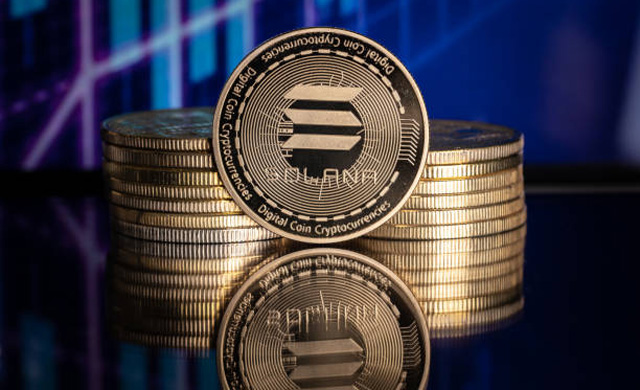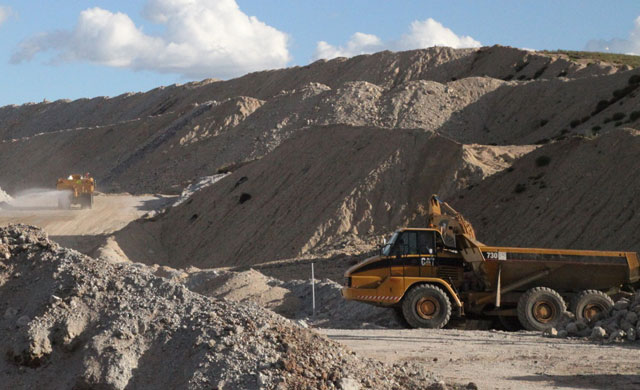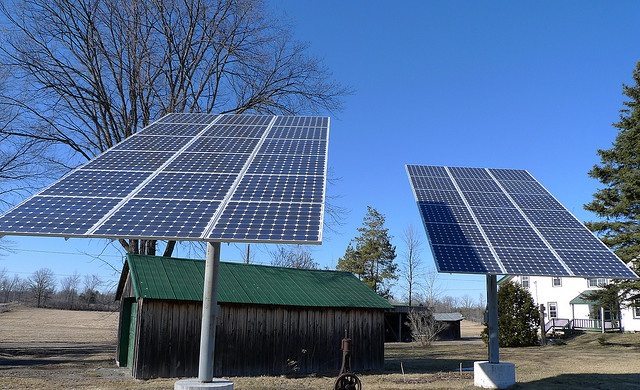It’s important at this time of enormous economic threat to listen to people who possess, through decades of intellectual effort, an informed long-term perspective on markets. I’ve been reading recent work by James Montier, Andy Haldane and Warren Buffett.
In today’s newsletter I’ll try to summarise James Montier’s views on the American market. James has written insightful articles for decades based on meticulous research. He worked as a Global Strategist at Société Générale before joining the thought-powerhouse and leading investment manager GMO. Apart from his articles, he has written important books such as Behavioural Investing and Value Investing. His knowledge base stretches from academic research on market out-performance through the psychology of investors to stock market history and the usefulness of valuation metrics (I recommend his books and his articles to you, many of which are available free on GMO’s website).
Montier thinks the US equity market has moved into “absurd” territory. It is close to its highest price ever relative to fundamentals such as earnings at exactly the time that it is facing one of the worst economic downturns. It is just not allowing for the possibility of there being a downside – everything is rosy – the market is priced for a perfect business future. The odds of perfection being attained are not good.
My next newsletter considers Andy Haldane’s ideas on where the UK economy has got to. Haldane is the Bank of England’s Chief Economist and was recently in the headlines for saying that the V-shaped recovery was underway. What he actually said was rather more subtle than what the newspaper writers described.
Many scribblers took him to mean that the V was pretty well complete; we’re all going to get back to normal soon. Sadly, for businesses, the unemployed and the soon to be unemployed that just is not where we are. The V is far from complete on the right-hand side. It may not be for a long time yet.
Finally, Warren Buffett has made a lot of large share stake sales in the last six months. For example, all Berkshire’s holdings of Goldman Sachs and JP Morgan have been sold, along with all its airline stocks. Billions have been raised from selling down Wells Fargo, US Bancorp and Bank of NY Mellon. During the same period Berkshire’s cash balance has grown to $143bn (yes, that is billion, not million) and Japanese trading house and Barrick Gold shares have been bought. What is Warren, through his actions, telling us about the future?
James Montier – a Panglossian US equity market
James Montier (in Reasons (NOT) To Be Cheerful, available at GMO’s website) is not focused on predicting the near- or medium-term future of the US equity market. He is more refined than that.
He is using the data we have to point out that current prices are not allowing sufficiently for the potential of bad outcomes “It is as if Mr. Market is taking a tail risk (albeit a good one) and pricing it with certainty.”
What James is saying is that there is a range of alternative futures, as there is at any point in history. We simply do not know which course will be taken.
If the possibilities are potted on a graph with, on the x-axis showing increasingly bad results on the left of the centre, and increasingly good results on the right, and the probability of those outcomes occurring on the y-axis, the “shape” of the distribution could be “bell-shaped”.

That is, the outcomes near the middle have the highest chance of occurring, while the extremes – the tails – have low probabilities. The extremes might contain scenarios such as a depression worse that of the 1930s on the left and, on the right, economic growth of 2%, or 3%, or 4% per year for the next few years.
What James is saying is that the extreme good economic outcomes are the ones Mr Market is placing all his money onto. Investors have bid up share prices so much that they are at record or near record levels relative to rational measures of value.
“Never before have I seen a market so highly valued in the face of overwhelming uncertainty. Yet today the U.S. stock market stands at nosebleed-inducing levels of multiple, whilst the fundamentals seem more uncertain than ever before. It appears as though the U.S. stock market has drunk from Dr. Pangloss’ Kool-Aid – where everything is for the best in the best of all possible worlds.”
James says he doesn’t know what the outcome will be, whether there will be a second Covid-19 wave, or we’ll get the unemployed back to work quickly, etc., but he knows downside risks exist and therefore we should be demanding a margin of safety when we pay for a share – “wriggle room for bad outcomes if you like.” Mr. Market is not allowing for that margin of safety.
What is Mr Market thinking?
A major preoccupation for the generality of US investors/punters is the support to businesses and the economy provided by the Federal Reserve in supplying oceans of liquidity – basically pumping in money.
But Montier points out, much of this involves banks swapping holdings of say long-term Treasury bonds for short term deposits at the central bank and is therefore not directly stimulating the equity markets, even if the thought of the Fed helping out is encouraging investors to buy.
Besides, quantitative easing has also been strong in Europe and elsewhere but equity markets there are not “sporting extreme valuations”.
“So, I think that Fed-based explanations are at best ex post justifications for the performance of the stock market; at worst they are part of a dangerously incorrect narrative driving sentiment (and prices higher)…The U.S. stock market looks increasingly like the hapless Wile E. Coyote, running off the edge of a cliff in pursuit of the pesky Roadrunner but not yet realizing the ground beneath his feet had run out some time ago.”
James quotes Voltaire, “ ‘Doubt is not a pleasant condition, but certainty is absurd.’ The U.S. stock market appears to be absurd.”
Overconfidence and overoptimism
Overconfidence and overoptimism are………………To read more subscribe to my premium newsletter Deep Value Shares – click here http://newsletters.advfn.com/deepvalueshares/subscribe-1

 Hot Features
Hot Features












